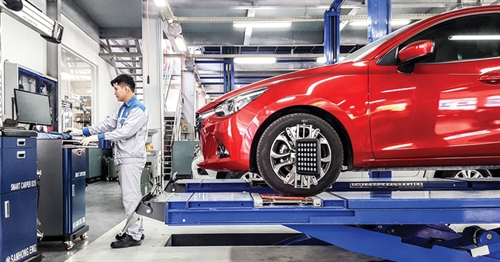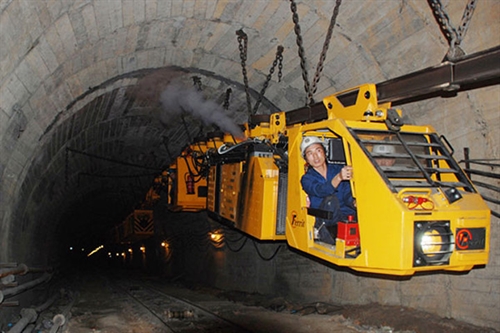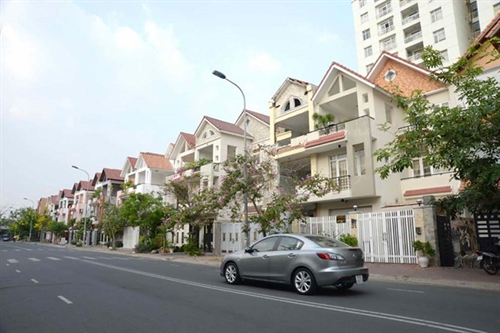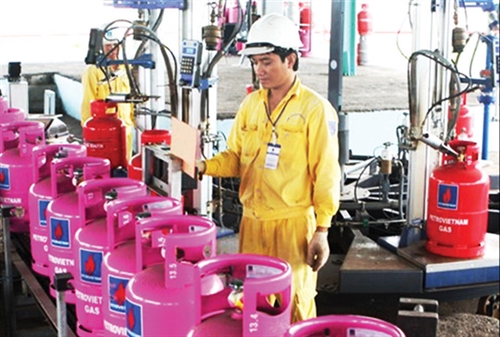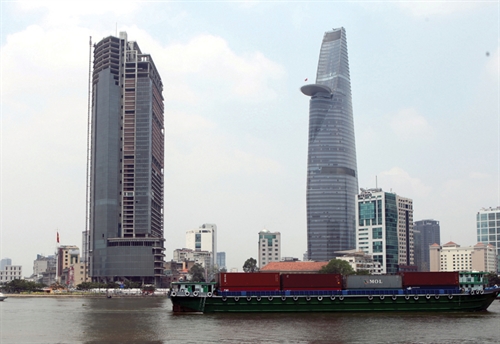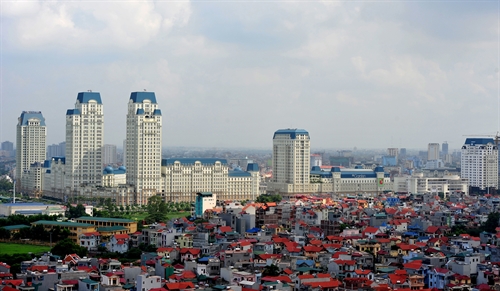Reducing the ratio of import goods subject to specialized inspection at the customs clearance stage from 35 percent to 15 percent and amending overlapping legal documents are among solutions to be proposed by the Ministry of Science and Technology (MoST) to the Government to renew specialized inspection activities.
Nguyen Hoang Linh, Deputy Director of the MoST’s Directorate for Standards, Metrology and Quality, made the statement in the workshop on reviewing category-2 goods and import-export clearance regulations held in Vinh Phuc province on October 11.
These solutions were designed to create a favorable environment for the business community while ensuring control over the quality of goods and protecting consumers, Linh told the three-day event.
Earlier, on August 9, the Government issued Resolution No. 75, which assigned the MoST to lead and coordinate with relevant ministries and sectors in reviewing and removing at least half of the commodities on the list of group-2 commodities subject to state inspection before customs clearance of twelve ministries before June 2018.
Group-2 commodities are products and goods which are possibly unsafe and can affect the health of consumers. However, ministries have said the list of category-2 commodities was too long, and many items were not unsafe.
The said ministries have reviewed and planned to shorten the list of group-2 commodities, Linh said, adding that the the Ministry of Industry and Trade (MoIT) wanted to remove a group of commodities (textile products of all kinds) while the Ministry of Health proposed the removal of 26 products. In the meantime, the Ministry of Agriculture and Rural Development suggested excluding 16 products from the list (forest products, terrestrial livestock, non-food animals and animal products) and the Ministry of Construction planned to remove 36 products, he elaborated.
However, the quality inspection of products and commodities were still inadequate, Linh added.
According to the latest report of the Prime Minister’s working group, specialized inspection still causes difficulties for enterprises and the list of commodities subject to specialized inspection remains too long and has not been matched with national standards. Therefore, the detection rate of unsafe commodities is only 0.03 percent.
In order to create favorable conditions for importers and exporters, and reduce the clearance time, Linh suggested that in the future, ministries should conduct reviews to avoid applying various management measures on the same commodity and shift pre-clearance inspection to post-clearance inspection.
At the same time, authorities should revise legal documents on conformity certification and product and goods quality management in contravention of the Law on Product and Goods Quality, Law on Standards and Technical Regulations and Food Safety Law, Linh added.- (VLLF)
